By Steve Moxey. BMW pioneered the use of electronically adjustable suspension with its ESA system and I am sure many club members have found it to be extremely useful when needing to adjust their suspension preload and damping due to different load and riding conditions.
With the liquid cooled models BMW upgraded the ESA to Dynamic ESA (D-ESA), which offered continuous automatic adjustment of damping to take account of road and riding conditions. These D-ESA systems still allowed the owner to choose from SOFT, NORMAL and HARD damping, together with three pre-load settings: RIDER, RIDER + LUGGAGE and RIDER and PASSENGER. The actual damping adjustment is carried out by a small electric motor and piston that can vary the damping adjustment.
The very latest D-ESA systems go a step further and offer automatic ride height adjustment. Once the motorcycle is moving the system will adjust the pre-load automatically to compensate for load, thus delivering the ideal ride height. The rider is now given MIN, AUTO, and MAX pre-load settings in the D-ESA to allow for the lowest and highest settings manually. Interestingly the damping options have now been reduced to just two options: ROAD and DYNAMIC.
The actual D-ESA design was developed by the suspension specialist ZF, and BMW have a license for the application. Sachs build the suspension systems for BMW, as Marzocchi did until the RT problems.
So, in practice how does the latest self-levelling D-ESA work? The answer is very well, once you have got used to the system. As before you CANNOT adjust the pre-load whilst riding, the motorcycle needs to be stationary. However, if you put the pre-load to MIN for low speed manoeuvring, or to allow a pillion to get on easily, you can just set the pre-load to AUTO and let the bike adjust the pre-load once moving. You will also find that the ideal pre-load selected by the bike is a little higher than that desired by the owner. I have spoken to two other owners who had upgraded from liquid cooled GSA with D-ESA to the self-levelling suspension and they reported the same behaviour – both chose ride in MIN rather than AUTO!
The other issue with the new self-levelling D-ESA is the damping. On my GSA this is a little too soft in ROAD for my liking and I generally ride my bike in DYNAMIC unless I am on a motorway. This is even more of an issue if the bike is heavily loaded, and the options for adjustment are very limited. (I have recently ridden the R1250GS and R1250RT with the self-levelling suspension and the damping seems to be ideal, so it might be something caused by the extra suspension travel on the GSA?).
I must admitted I was briefly tempted by the new R1250 GSA, but realised that although the engine upgrade might be nice it would do nothing to address the suspension so I decided to investigate the Wilbers Dynamic ESA which is sold and fitted by Revs Racing in Halesowen, West Midlands, see http://wilberssuspension.co.uk/products.php. I have had fitted Wilbers suspension before and I know John, who does sales, and Nick, who does the technical work, well. They are a good company to do business with.
The Wilbers Dynamic ESA suspension is custom made with springs to your likely load and style of riding – so you have to weigh everything including people and luggage carefully. The Wilbers units are then manufactured and shipped to Revs who will then fit them to your bike. The fitting is quite involved as Revs have to rebuild the ESA mechanism on to the new Wilbers shock, as the mechanism is still under the BMW licence from ZF. Revs are hopeful that this technology will eventually be licensed to Wilbers, who work very closely with ZF, so that they can manufacture complete units for customers. In practice as long as your ESA mechanism is in good order, the fitting presents no difficulty, although Revs will want to keep your bike over night to make sure everything is done properly. (You can also remove the suspension units from your bike and send them to Revs for modification.)
In terms of costs prices are available on the Wilbers website, and you can get fitting costs from Revs; the cost for fitting both front and rear shocks was less than the cost of one new BMW shock – they are very good value!
I decided to have the 30mm suspension lowering on my Wilbers Dynamic ESA (WESA), partly to counter the height increase of the self-levelling suspension and also to ensure I can carry on riding the GSA in future, a bit easier to hop on and off from my wheelchair! My lowered GSA has a seat height about 10mm higher than a standard GS. Out of interest the standard BMW lowering is much greater at 70mm.
After collecting my WESA equipped GSA I rode back from Halesowen along the M42/M40 to Warwick Services and initial impressions were very good. Damping and ride quality were much improved over the BMW suspension. I tested this by riding over the cats-eyes on the M42 (under controlled conditions!) and they could not be detected in ROAD mode. The real test came a couple of days later when I rode my other GSA with BMW suspension, it felt like a rag and bone cart by comparison!
The advantages of the WESA are, (1) superior performance, (2) range of lowering options as needed, (3) fully re-buildable for servicing and repair and most importantly the damping is adjustable with a 24-way rotating knob. The adjustment was added by Wilbers to the WESA product due to customer requests to fine tune the damping. I can also report that with the damping adjustment set to position 14 out of 24 the damping is now firmed up enough so that ROAD mode is similar to the old NORMAL setting – thank goodness!
So, if you are looking for an excellent suspension upgrade for your liquid cooled BMW the WESA has much to recommend it. It did prove to be an expensive option for me though, as in the end I had to have it fitted to my other GSA, to make it good to ride again – luckily I did get an Oktoberfest discount from Wilbers so that helped a bit!

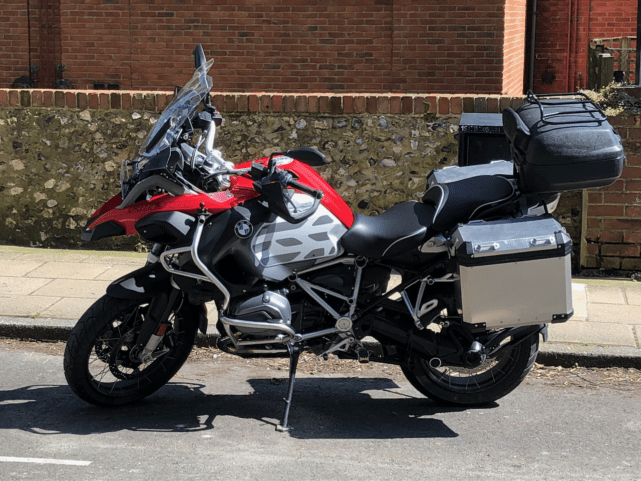
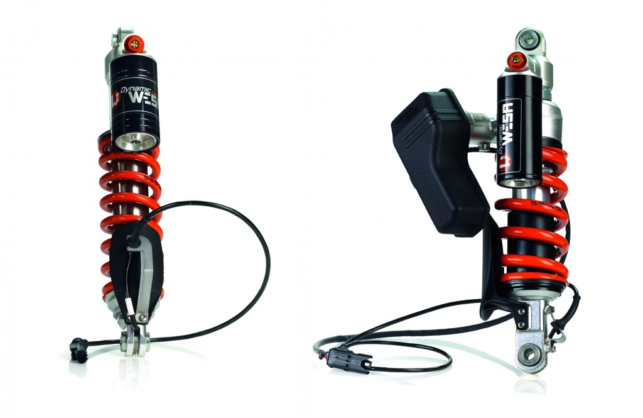
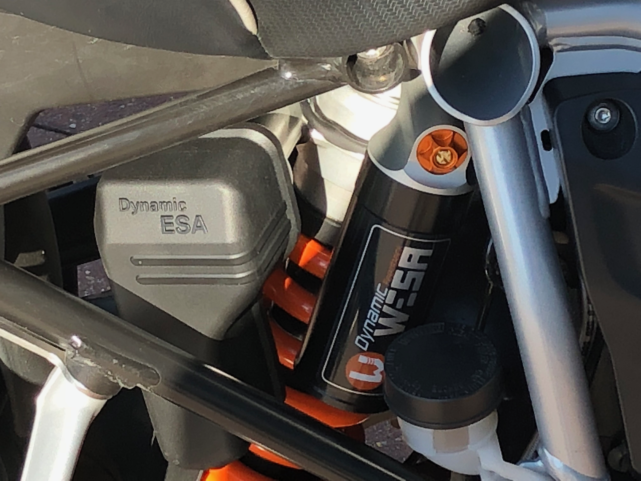

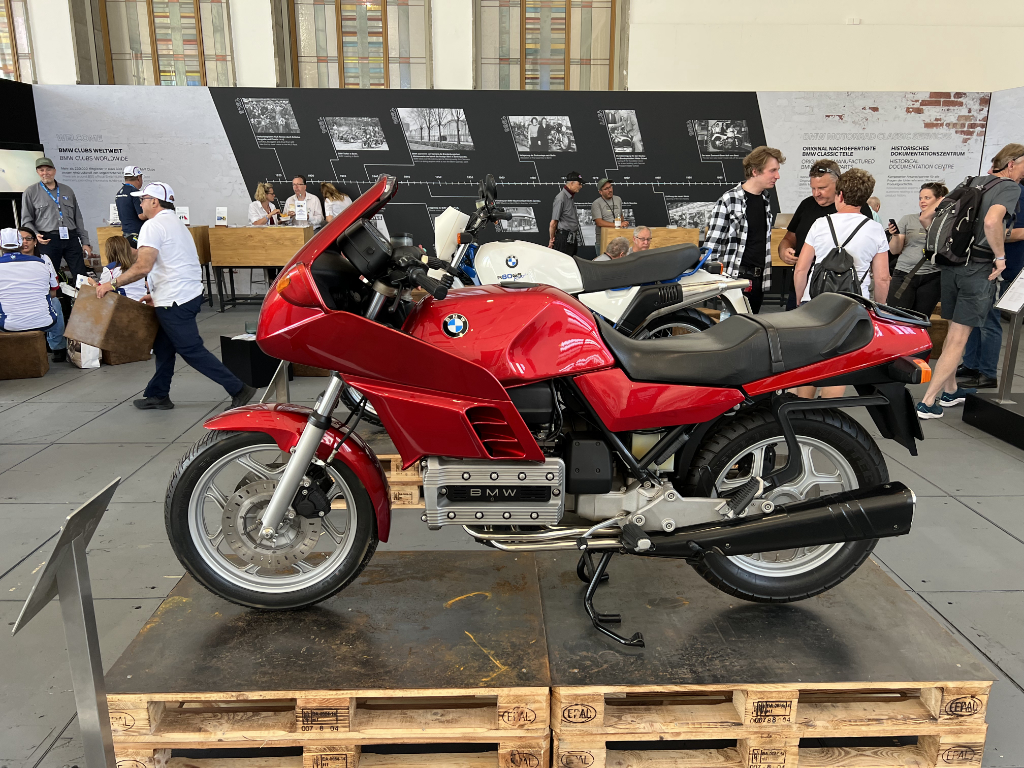

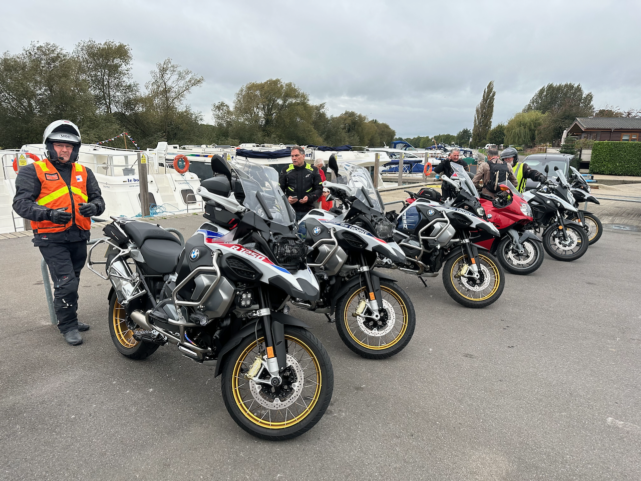




You must be logged in to post a comment.